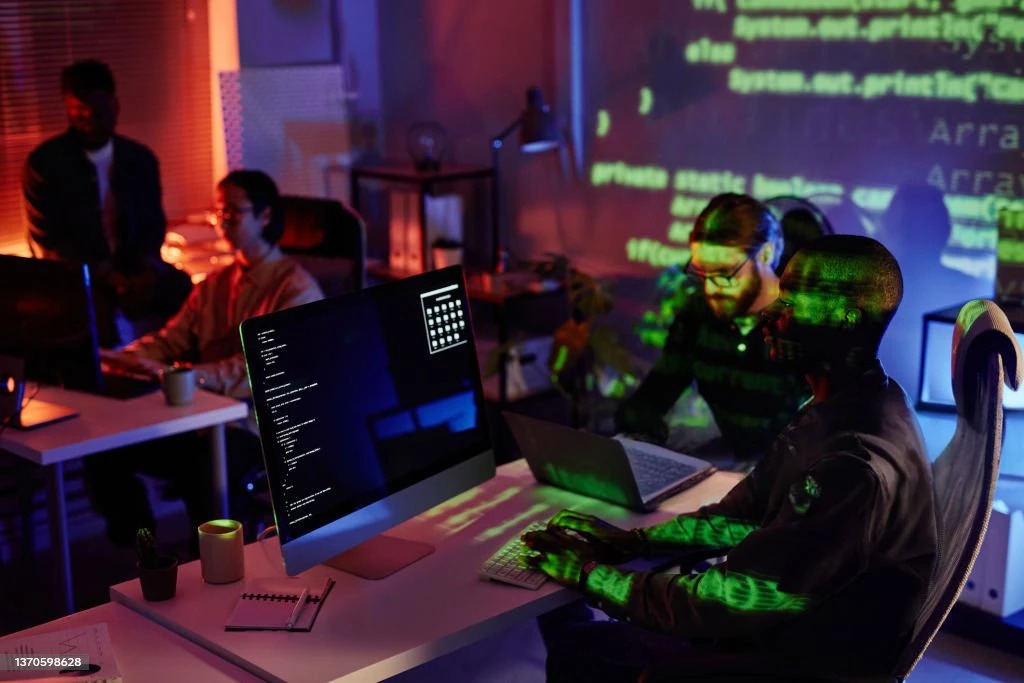In today’s hyperconnected world, cybersecurity isn’t just about firewalls and encrypted networks—it’s about people. While businesses invest in top-tier technologies to defend their digital assets, one simple click by an unaware employee can unravel even the most robust defenses.
According to a 2025 IBM Security Report, 88% of cybersecurity breaches involve human error. The takeaway? Cybersecurity is no longer just an IT issue—it’s a company-wide responsibility.
This article explores why cultivating a cyber-aware company culture is essential and how you can implement it across your organization.
Why Culture Matters in Cybersecurity
Most companies have policies, compliance checklists, and antivirus software. But if employees don’t understand the “why” behind these protocols or aren’t equipped to recognize threats, the risk remains high.
Phishing attacks, social engineering, password reuse, and poor data handling often stem from a lack of awareness, not malice. In fact, the most dangerous vulnerability in your organization may not be a piece of software—it may be a disengaged employee.
🧠 “Culture eats strategy for breakfast—even in cybersecurity.”
— Peter Dawson, CISO, UK-Based Financial Group
The Key Elements of a Cyber-Aware Culture
Creating a cyber-aware culture means embedding cybersecurity values into the DNA of your organization. It’s not just a one-time training—it’s a mindset.
Here are the pillars:
1. Executive Buy-In and Leadership Modeling
When leadership prioritizes cybersecurity, it signals its importance to the rest of the company. Executives should:
Participate in training sessions.
Model secure behavior (e.g., using password managers, avoiding shadow IT).
Regularly communicate cyber priorities.
✅ US Example:
A Boston-based SaaS firm reduced phishing incidents by 41% after the CEO began publicly completing monthly cyber drills alongside staff.
2. Engaging, Ongoing Training Programs
One-off PowerPoints don’t cut it. Training should be:
Interactive – Think simulations, quizzes, and videos.
Frequent – Quarterly or monthly updates on emerging threats.
Tailored – Role-specific training (e.g., HR vs. developers).
💡 Top Tools: KnowBe4, Wizer, and CyberSafe are popular in the US and UK for their engaging formats and analytics.
3. Clear Policies and Real-Life Scenarios
Policies should be written in plain English—not legal jargon—and reflect real-world behavior:
What does a phishing email look like?
What happens if a device is lost?
How do you report a suspicious incident?
📝 Tip: Consider a “What Would You Do?” segment in your newsletters to promote discussion and scenario-based learning.
4. Psychological Safety and Non-Punitive Reporting
Employees should feel safe to report mistakes or suspicious activity. Creating a blame-free environment ensures issues are caught early:
Avoid public shaming or harsh penalties.
Reward proactive behavior.
Set up anonymous reporting tools.
🔐 UK Case Study:
A tech firm in Manchester saw a 3x increase in self-reporting after shifting from a punitive to a coaching-based response.
5. Gamification and Rewards
Gamification can transform boring compliance routines into exciting learning experiences. Use:
Leaderboards for simulated phishing tests.
Badges or points for cyber challenges.
Prizes or recognition in company meetings.
🏆 US Review (★★★★★):
“We gamified our security awareness program using Kahoot and it boosted participation by 60%.” — IT Manager, Seattle eCommerce Startup
Measuring Cyber Awareness
A successful cyber culture can’t be measured by guesswork. Use data:
Phishing simulation click-through rates
Security quiz scores
Time-to-report incidents
Employee feedback surveys
📈 Example Metric:
Reduction in phishing test failures from 30% to under 5% in six months is a strong cultural indicator.
Employee Voices Matter
Cybersecurity shouldn’t be top-down only. Involve your team by:
Creating a cyber champions program.
Crowdsourcing suspicious email reports.
Holding town halls or Q&As with your security team.
When employees feel invested, they become your first line of defense—not your weakest link.
Case Study: Cyber Culture in Action
Company: FinSecure Ltd., London
Industry: Fintech
Problem: Repeated data mishandling and phishing incidents
Solution:
Monthly “Cyber Cafés” for live Q&A sessions
Department-specific threat scenarios
CEO-led security video updates
Points-based rewards system
Results after 6 months:
Phishing simulation failures dropped 68%
2 previously undetected insider threats were flagged by staff
Employee satisfaction with IT support rose to 94%
💬 “We stopped viewing cybersecurity as a checkbox and started treating it like a shared mission. The results speak for themselves.” — COO, FinSecure
Final Thoughts: It Starts With People
A cyber-aware company culture isn’t built overnight. It takes time, consistency, and the belief that every employee—from intern to executive—has a role to play.
In the face of AI-powered threats, remote work risks, and evolving compliance standards, people remain both your greatest vulnerability and your strongest defense.
Invest in their knowledge. Empower their instincts. Celebrate their vigilance.
Because in 2025 and beyond, culture is your ultimate cybersecurity.

























